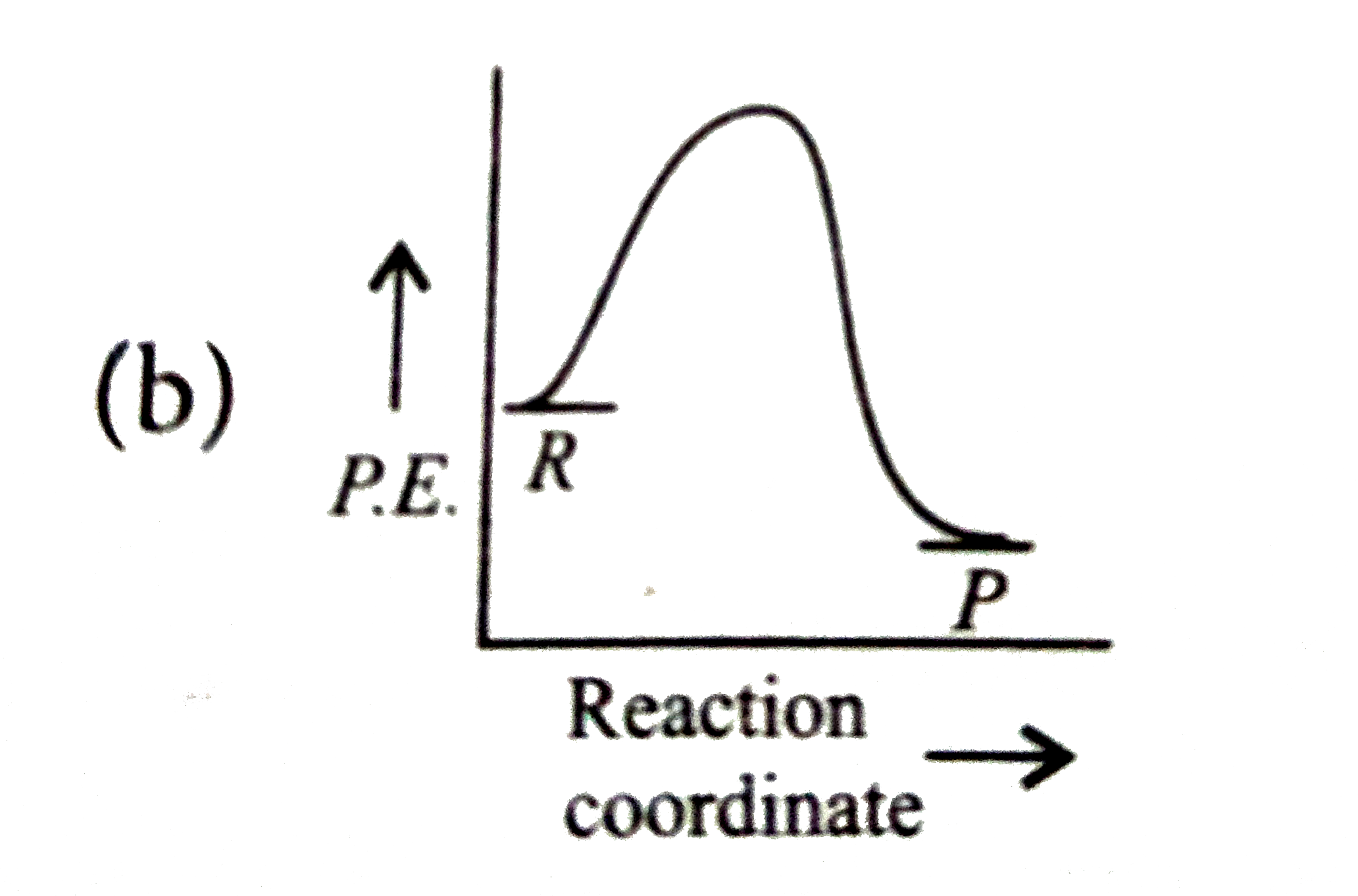For an endothermic reaction, ΔH represents the enthalpy of the reaction in kJ mol−1. The mininum amount of activation energy will be
less than ΔH
zero
more than ΔH
equal to ΔH
The correct Answer is:C

Ea>ΔH
Topper's Solved these Questions
- THERMODYNAMICSBook:VMC MODULES ENGLISHChapter:THERMODYNAMICSExercise:JEE ADVANCED (ARCHIVE)
Explore 44 Videos
- THERMODYNAMICSBook:VMC MODULES ENGLISHChapter:THERMODYNAMICSExercise:LEVEL-2 (NUMERICAL VALUE TYPE)
Explore 15 Videos
- THERMOCHEMISTRYBook:VMC MODULES ENGLISHChapter:THERMOCHEMISTRYExercise:JEE ADVANCED (ARCHIVE)
Explore 31 Videos
- THERMODYNAMICS & THERMOCHEMISTRYBook:VMC MODULES ENGLISHChapter:THERMODYNAMICS & THERMOCHEMISTRYExercise:Impeccable
Explore 48 Videos
Similar Questions
Knowledge Check
For an endothermic reaction, where ΔH represents the enthalpy of reaction in kJmol−1, the minimum value for the energy of activation will be
Aless than ΔHBmore than ΔHCequal to ΔHDzeroAn endothermic reaction with high activation energy for the forward reaction is given by the diagram
A B
B C
C D
D
Dimerisation of NO_2, is an exothermic reaction. If enthalpy of reaction is /_\H, then the minimum value of activation energy for forward reaction (E_a) will be
View SolutionFor an endothermic reaction energy of activation is Ea and enthlpy of reaction is ΔH (both in kJmol−1). Minimum value of Ea will be
View SolutionThe activation energy of exothermic reaction A→B is 80 kJ mol−1 . The heat of reaction is 200kJmol−1. The activation energy for the reactionB→a ( in kJ/mol) will be :
View SolutionIn an exothermic reaction X→Y, the activation energy is 100kJmol−1 of X. The enthalphy of the reaction is −140kJmol−1. The activation energy of the reverse reaction Y→X is

View SolutionEnthalpy of a reaction at 27∘C is 15 kJ mol−1. The reaction will be feasible if entropy is
View SolutionAn exothermic reaction X→Y has an activation energy of 90kJmol−1 of X and the heat of reaction is 250kJ. Find the activation energy of the reaction Y→X.
View Solution

